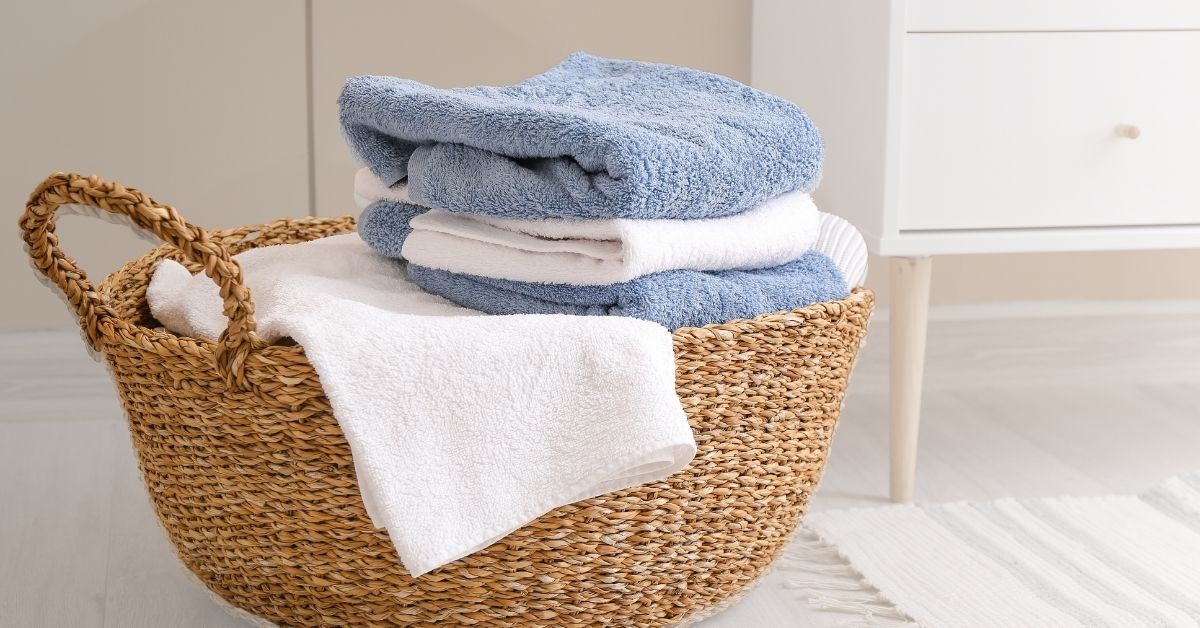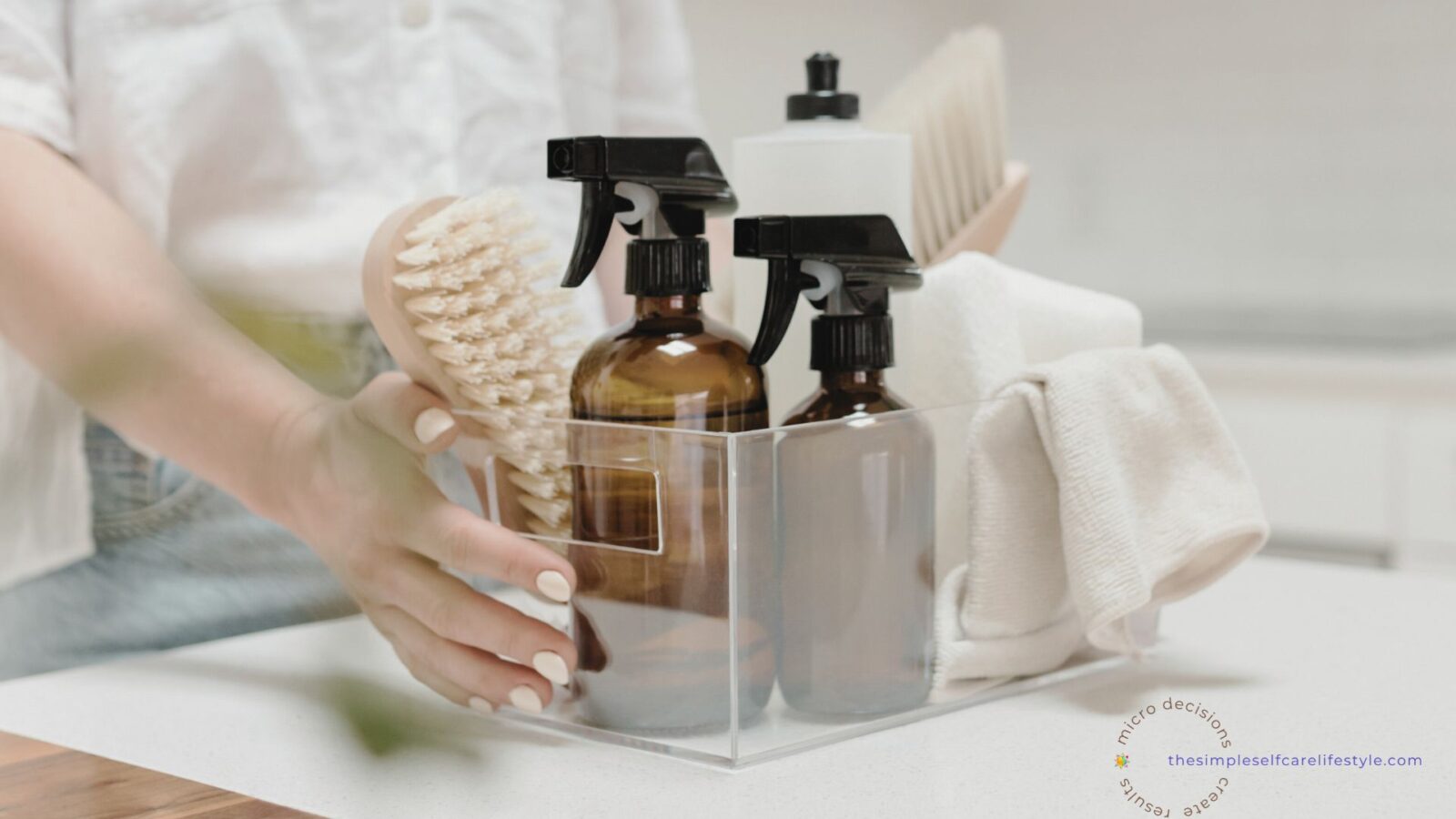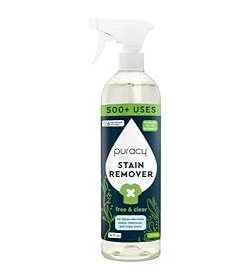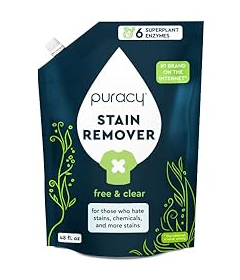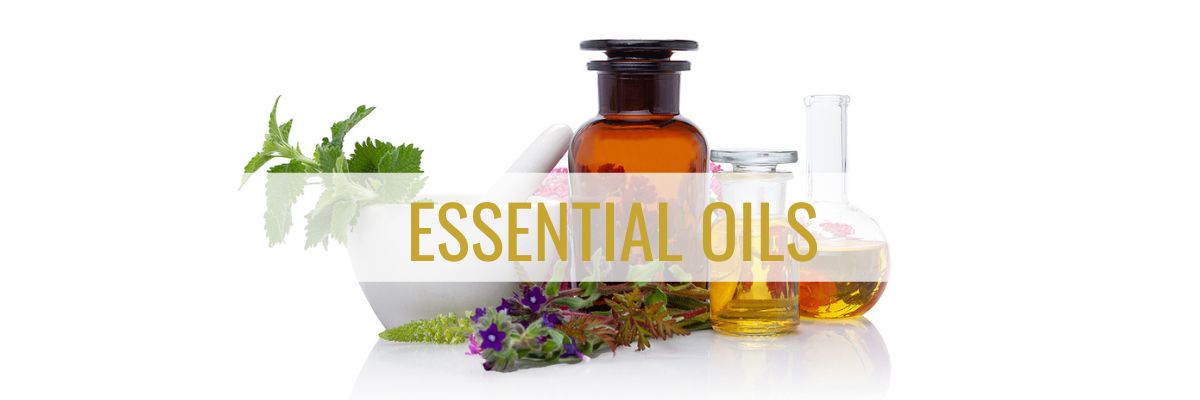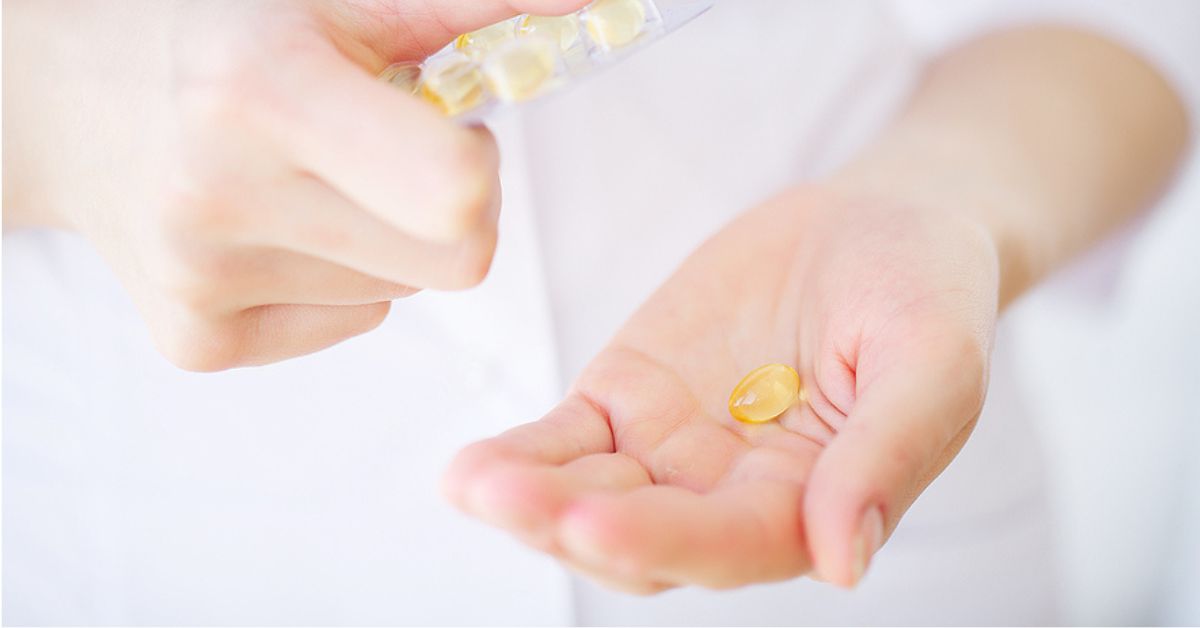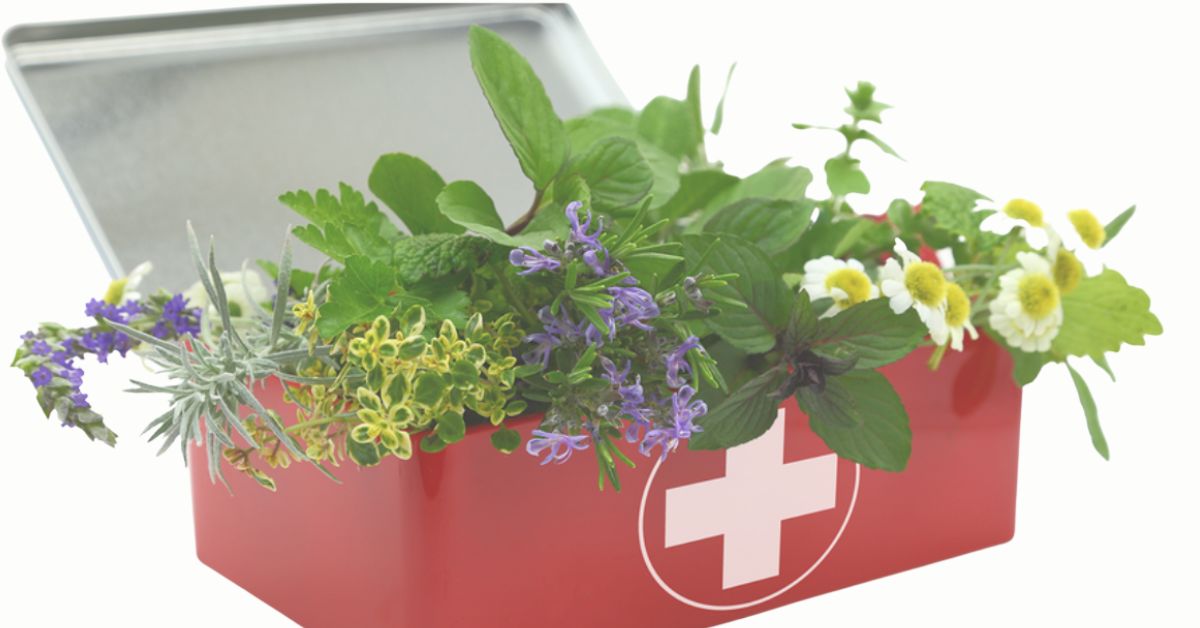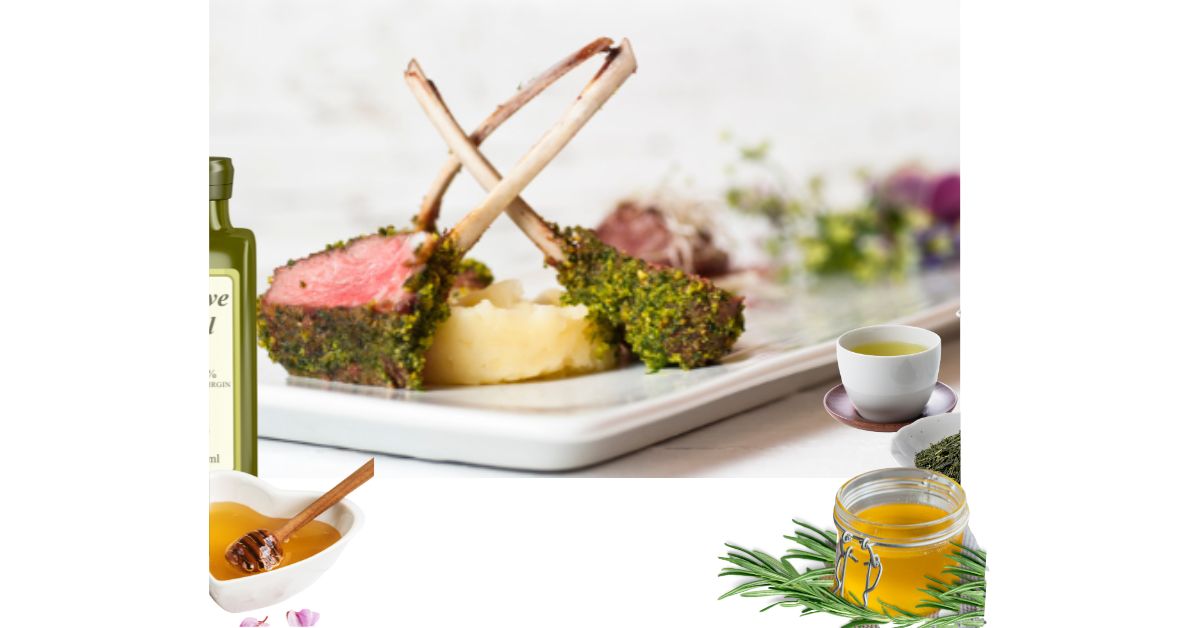Non-Toxic Laundry Detergent Options That Work & Simpler than Making Your Own.
Non-Toxic laundry detergent options that are a simple self-care swap reducing the toxin exposure for you and everyone in your home.

Laundry detergent has toxins we should be aware of. This INCLUDES detergents labeled: ‘Natural’ – ‘Green’ – ‘Organic’.
Today:
- WHY Swap to Non-toxic Detergent
- The 3 Top Toxins that convinced me to Switch
- 2 Options that work & are Simpler than DYI
- How I Use Each

Q: WHY Consider Swapping to Non-toxic Laundry Detergent?
A: The toxicity. These Toxins Can Be Burdening Your Body
Our laundry detergent plays a BIG role in the ongoing excess toxin load our body must process.
Every toxin our body must handle is one more ‘job’ it has to take on. The toxins that go in need to be processed and eliminated.
When elimination cannot keep up toxins, then our body is set up to protect us, and many are shuttled into our fat cells for storage.
The toxins in detergents, even those labeled Organic, Natural, and Safe, are hormone disruptors. The list of damage exposure to toxins in laundry detergent can get long, but the solution is SIMPLE.
Making the Self Care Micro Decision to swap out Toxic detergent will reduce your body’s toxic load supporting your 1 Self Care FOCUS of Protecting your cells.
The simple swap to Nontoxic detergents will 100% help you move toward your Self Care GOAL much more efficiently and effectively.
THe simple self care lifestyle
Simplify
I’m Covering ONLY 3 toxins in detergents today, and that is already enough for concern as they are:
- in the air of our home
- on our clothing
- sheets, bedding
- storage surfaces
- towels….
chronically, negatively impacting our bodies.

Today’s 3 Top Toxins Were Enough for Me to Make the Switch
Toxin #1 VOCs
VOC (Volatile Organic Compounds) from the Fragrance – The Scent in Laundry Detergent
“Fragranced laundry products emit a range of VOCs such as acetaldehyde, acetone, ethanol, α-pinene, linalool, and d-limonene…. VOCs are classified as potentially hazardous and can have adverse effects on human health”
Read this next research passage a couple of times. I was STUNNED!
How Do These VOC’s Impact The Body?

“ …some VOC’s are trapped by the kidneys, heart, brain, and bones, or are neutralized by our immune system, which attacks foreign bodies and stores them in immune cells….and can even penetrate our brains…..
Once they have penetrated our organs, it appears that these foreign bodies cannot be eliminated.
This means that they accumulate, creating a chronic and continuous low-level inflammation that has a negative impact on our health.” (bold added) (23)
WOW. We think we are cleaning our clothing when we are, in fact, exposing ourselves to toxins. Mind-boggling. Just think of how this impacts little ones or those who are immune compromised. Why and how can this even be okay!?

Maybe your first thought was:
mo, I’m sure my detergent is good enough. It is Organic, Natural, or labeled ‘GREEN’.
Unfortunately-
“across the studies, no significant difference was found in the emissions of the most prevalent potentially hazardous VOCs between green (organic, natural) fragranced products and regular fragranced products.”(1)
Labels and Marketing are Misleading.
Such a shame. We keep running up against the same issue when it comes to products. Lots of Greenwashing.
“the process of conveying a false impression; misleading information about how a company’s products are more environmentally sound/safe than they are.”(26)
Similar to the misleading labeling of Non-toxic Candles and Non-toxic Nail polishes.
Post category
Reduce Toxins
Swap out everyday products
Post category
Healthy Home
Simple Swaps for Your Home
Fragrance is a Misleading Ingredient On Detergent Labels
Synthetic Fragrances & ‘Natural’ Fragrances:
- wreak havoc on our bodies
- are unregulated
- endocrine disruptors and
- chock full of chemical combinations.
Why would there be fragrances in our laundry detergent if they are bad for our health?
Because that is what we choose to buy.

The fragranced products phenomenon (1)
Fragrance/Scent is the number one driver of sales in the laundry market.
Our ‘trained perception of cleanliness’ associates the fragrance of detergent to cleanliness.
We explored how SCENT is directly connected to our mood in the post SCENT.
How our body is set up to use SCENT is exactly the mechanism in play here.
Fragrance/Scent is a powerful influencer on what we buy and use. This is well known, and marketers use it extremely well.
We, consumers, choose detergents with fragrance over the same products that are unscented. I certainly did until I understood its negative impact.
What Makes Fragrance Bad?
A ‘fragrance’ is a scent, and, despite its singular name, it is a formulation of dozens of chemicals, such as volatile organic compounds (VOCs).
Nearly 4000 ingredients have been documented for use in the composition of a fragrance (IFRA 2020b). A fragrance is generally intended to “provide an aroma, to mask an odor, or both”
(Steinemann 2019a). (1)
Fragrance/Scent DOES NOT impact the cleanliness of our laundry.
It does, however, add to the toxic load our body must process.
Post category
Healthy Home
Simple Swaps for Your Home
Post category
Reduce Toxins
Swap out everyday products
An example of the hardship placed on your body when exposed just to our first toxin – the VOCs from Fragrance:
Hormone disruption. VOCs disrupt our hormones.
Our hormones control everything!
Knowingly disrupting them is never a good idea.

Fragrance doesn’t only impact our clothes and laundry room air; it impacts our entire body and home.
“fragrance molecules can adhere to surfaces during product use and be re-emitted later, even without the product in use” (1)
The Science is There, But It is Up to the Consumer to Self-Educate, Advocate & Protect their Health.
Easily from way back in 2007 (and I’m sure before), research concluding chronic exposure to VOCs -like those in:
- laundry detergents
- dryer sheets
- spot cleaning products
can be blatantly harmful has existed.
“Children have had seizures after exposure to dryer sheets,…” (1)(24).
Some people can’t breathe when exposed to their clean laundry and often don’t make the connection…
More insidious are symptoms exacerbated by VOC hormone disruption like:
- Anxiety
- Sleep disturbance
- Weight issues
- Skin issues that are chronic
- Ongoing low-level inflammation
- Musculoskeletal system aches
- BP, Immunity, Headaches, Migraines
- Respiratory problems like Asthma, Worsen COPD
- Dizziness, seizures, head pain, fainting, loss of coordination
- Fast or irregular heartbeat, jitteriness, chest discomfort
- Vulnerability to cancer….(1)
Every chemical coming into our body must be processed by our body. Let’s lighten the load!
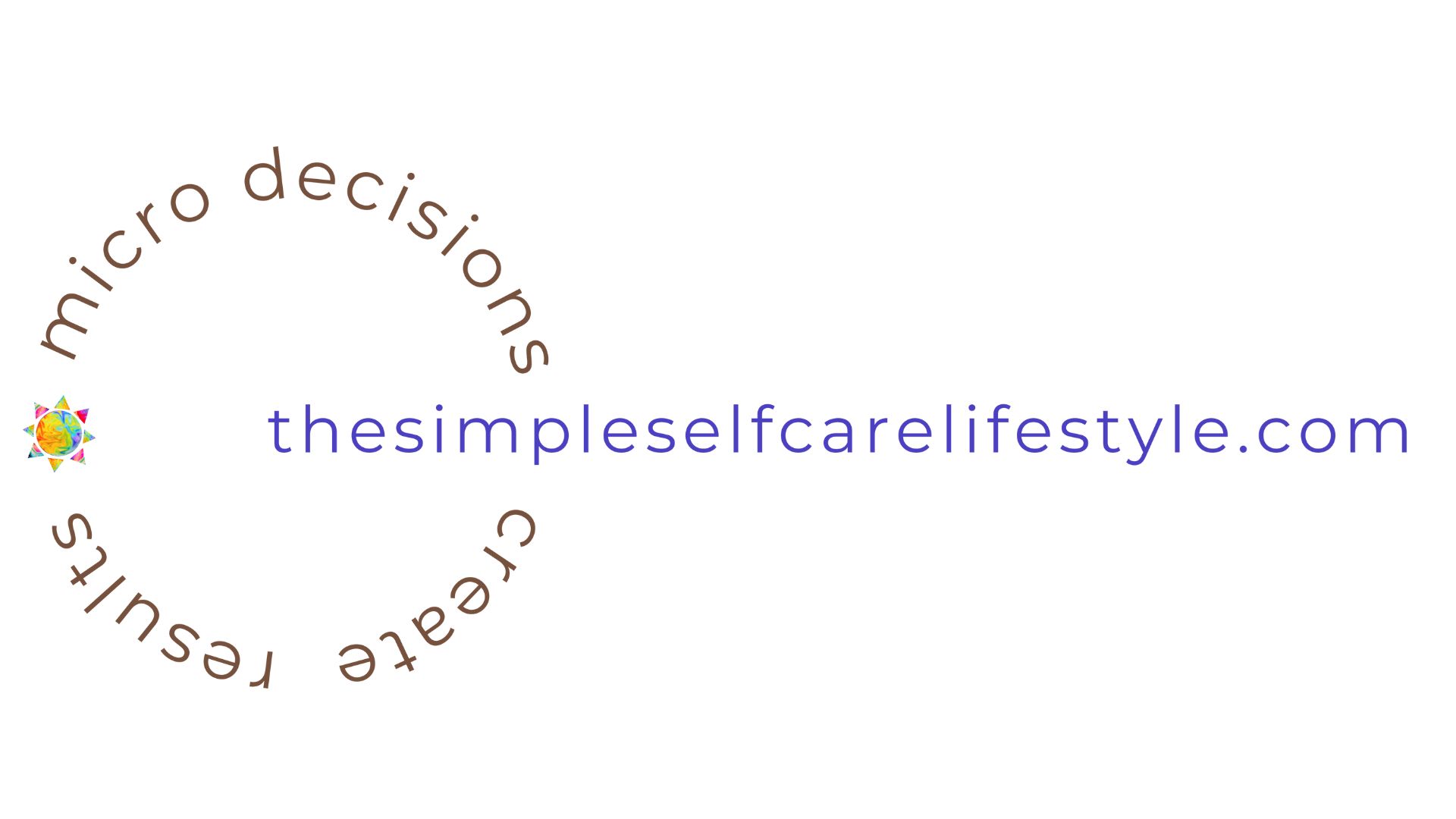
The bottom line is that we can all benefit from double-checking our laundry detergent to be sure it is actually non-toxic.
Eliminating Detergents with Fragrance or Scent is a fantastic first step.
Get updates from
The Simple Self Care Lifestyle
Q: Why eliminate ALL detergents with fragrance or scent listed?
A: There is zero regulation when it comes to listing what chemicals are in a product’s fragrance.
“fragranced product ingredients are not required to be fully and specifically disclosed, not on labels, safety data sheets, or elsewhere.
Fragranced products cover hundreds of everyday items, such as air fresheners, deodorizers, cleaning supplies, laundry detergents, fabric softeners, essential oils, candles, soaps, personal care products, and hand sanitizers.” (bold added)(1)

Simple Self Care TIP for Toxin 1 in Detergent
When it comes to Toxin 1: Minimally protect yourself by choosing Fragrant FREE – Scent FREE Laundry Detergent
Toxin #2 Sodium Lauryl Sulfate (SLS)
The most common toxic ingredient that synthetic sodium lauryl sulfate (SLS) is derived from is petroleum.
SLS is a foaming agent. We like to see our soap foam up.
We again have been trained to perceive the product is doing a better job.
Unfortunately, our body products that contain SLS are cause for:
- skin irritation,
- respiratory problems,
- and again endocrine disruption.
If sodium lauryl sulfate is on the label, keep looking for a safer detergent.
Toxin # 3: 1,4-Dioxane
It’s a known human carcinogen, yet is still commonly found in our detergents.
This is because 1,4-Dioxane is a solvent and has degreasing action.
Unfortunately, when humans come in contact with residues of 1,4-Dioxane, it results in toxic exposure.
It is easily absorbed through our skin as well as through inhalation.
Skip over any detergent with 1,4-Dioxane for a safer option.
The 3 toxins:
- 1. VOCs from Fragrance and Scent
- 2. Sodium Lauryl Sulfate (SLS) derived from petroleum
- 3. 1,4-Dioxane
…were on the top of my list to eliminate when I sought out a detergent option that would not add to my/my family’s toxic load.
There are plenty more ingredients plaguing laundry detergent like:
- Dyes,
- Heavy metals – arsenic, lead,
- Formaldehyde, to name just a few.
If you are looking to dig deeper and explore even more, you’ll find the many linked references and resources I’ve provided you below, a good starting point.
Now Here’s What I Chose As My Non-toxic Laundry Detergent Options
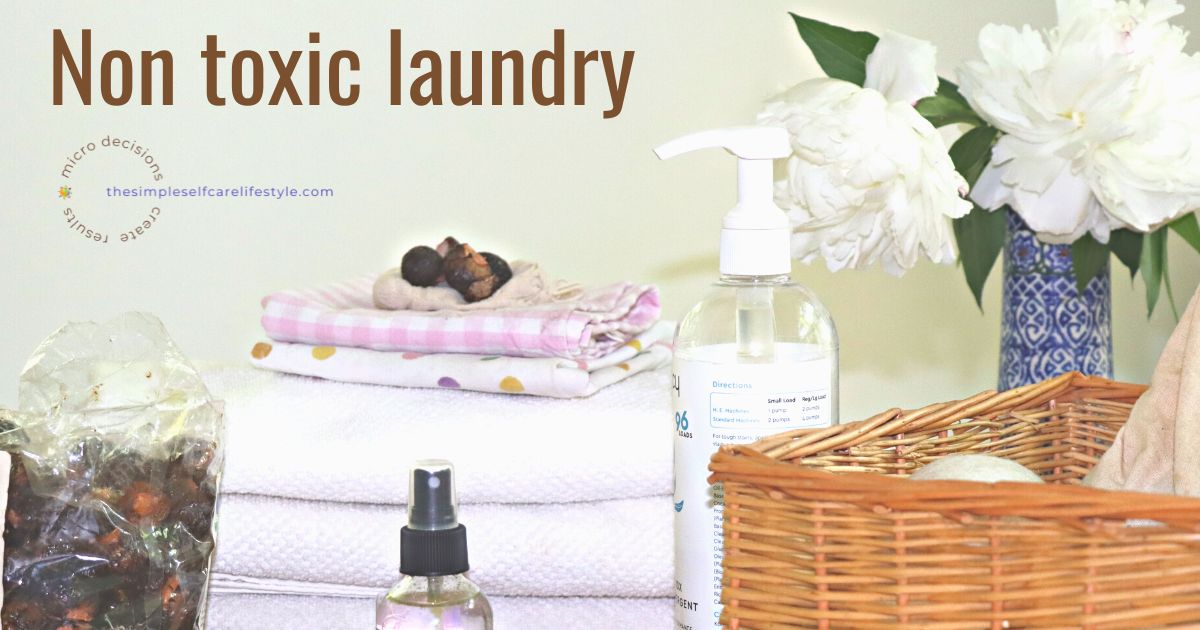
My 2 non-toxic laundry detergent options that are Simpler than DYI
#1 Soap Nuts. Soapberries.
25 years ago (I can’t believe how time flies by). So 25 years ago, somewhere in my mid 30’s, I began the DIY Laundry detergent before it was a thing.
I had a ton of health issues way back then, and getting rid of toxins in the home was one of my goals.
After multiple years of making my own detergent, I discovered Soap Nuts. Soap Berries
No more DIY mixing, measuring, and storing for me!
ONE INGREDIENT. SUPER effective!

Simpler, quicker, and more cost-effective for me than making my own.
For a small load, I SIMPLY
- Grab 4-6 nuts,
- Place them in the little drawstring bag, and
- Put it in the washing machine.
Large load 8-10 nuts.
After the load is done – if I am not doing another load – I hang the wash nut bag to dry.
The bag lasts for 4ish loads.
It’s that simple!
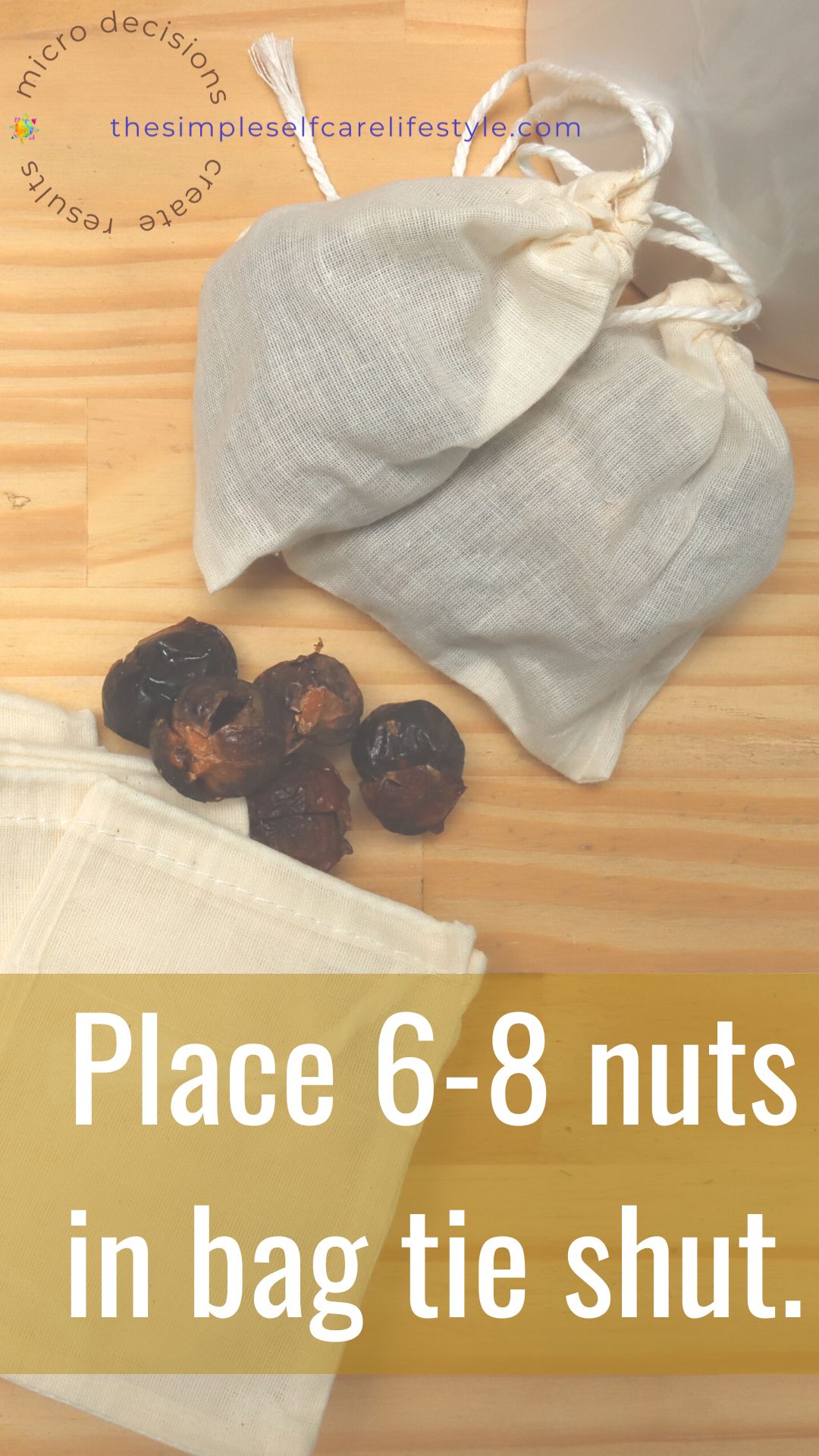
How soap nuts work:
Soap nuts (soap berries) contain saponin, a natural detergent! It is inside the soap nut, so having them slightly cracked open is needed (they come that way).
The saponin is released when hot water comes in contact with it. It is a detergent that is good at breaking down dirt. NOT oils & stains.
Soap nuts have antibacterial, anti-fungal properties and are hypoallergenic. (2)
No Fabric Softener is needed. Soap Nuts naturally soften your fabrics.
I personally would separate out items like diapers and heavy stains and use my next nontoxic detergent for those items needing more aggressive cleaning.
The same goes for cold water washing. Soap nuts work when the water is heated.

TRAVEL FRIENDLY!!!!! Even internationally! Fantastic.
I always fill a few bags and throw them in my suitcase.
That’s it! Always handy whether I want to soak and scrub things in the sink by hand or use a machine.
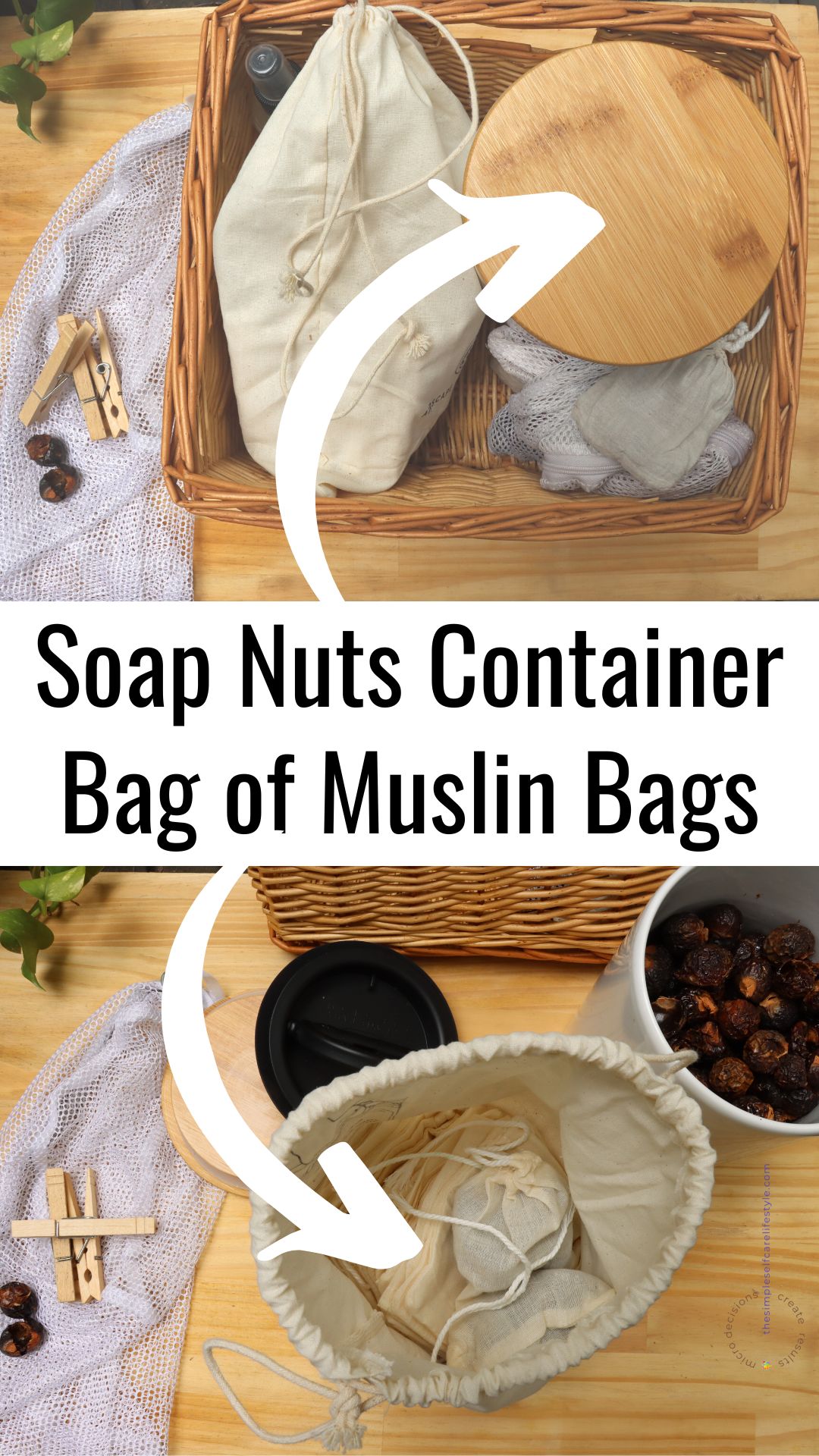
What you’ll need to make the switch to Soap Nuts as your Non-Toxic Detergent.
This is my laundry basket. It has my
- soap berries
- a bag of little muslin bags
The 1 con I had to overcome
The thing that I needed to figure out and adapt to most was the bags. Untying them was my hurdle.
To resolve this issue, I found an inexpensive bag solution.
I bought 100 muslin drawstring bags. (Photo linked below)
That’s 400-600 loads lasting me a couple of years.
Soap Nuts Storage Tip
Soap Nuts absorb moisture easily. They become dark & sticky if left exposed to air.
Ideally, the nuts should be packed in an airtight container or a plastic bag with the excess air pressed out.
This is the container I use.
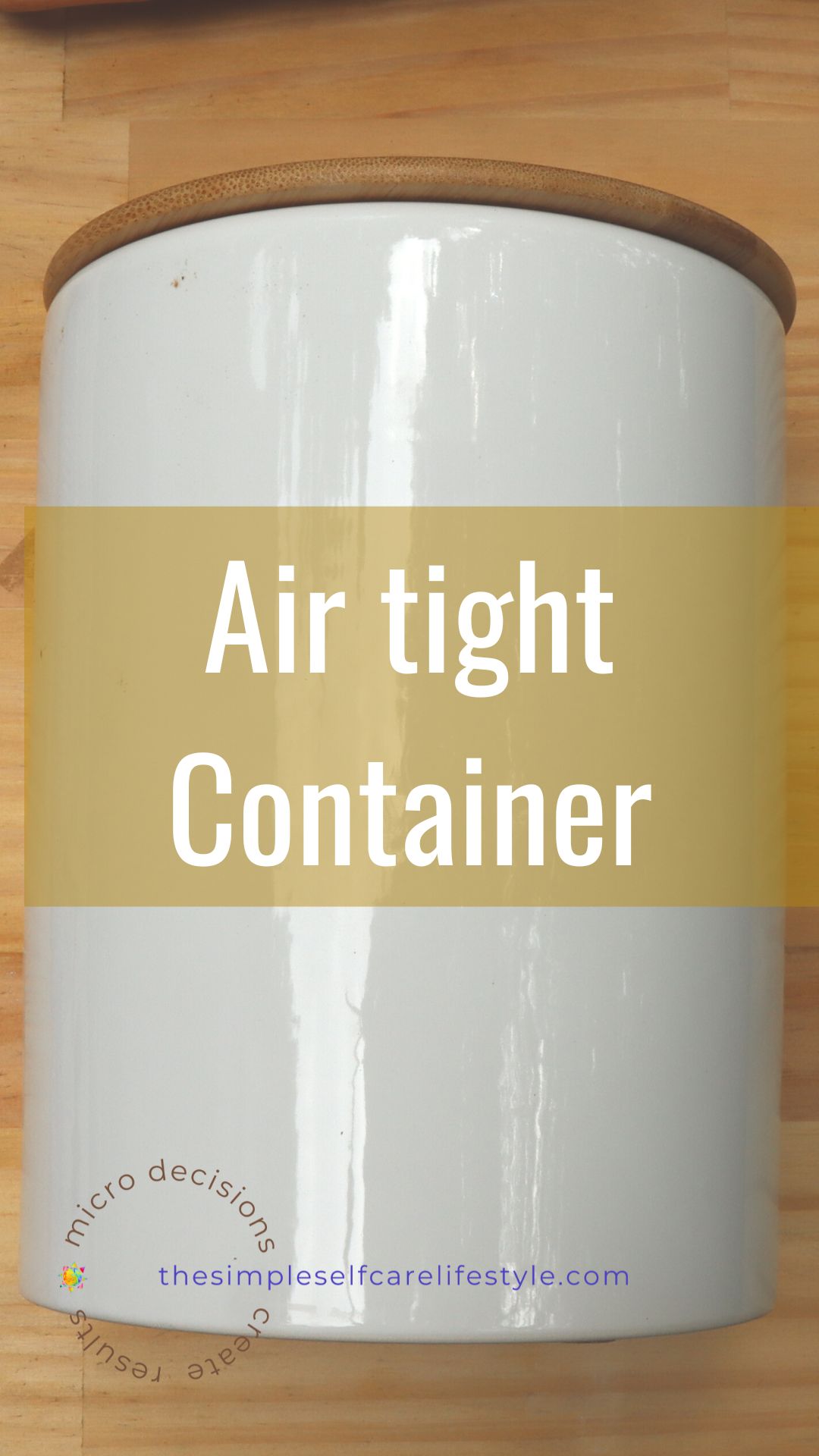
It is Ceramic and has a lid that allows the air to escape as you press it down.
Once the lid is down and positioned against the Soap Nuts, you lower the handle to seal the air out.
Place the Bamboo lid on top.
My Soap Nuts last me for more than a year when stored this way.
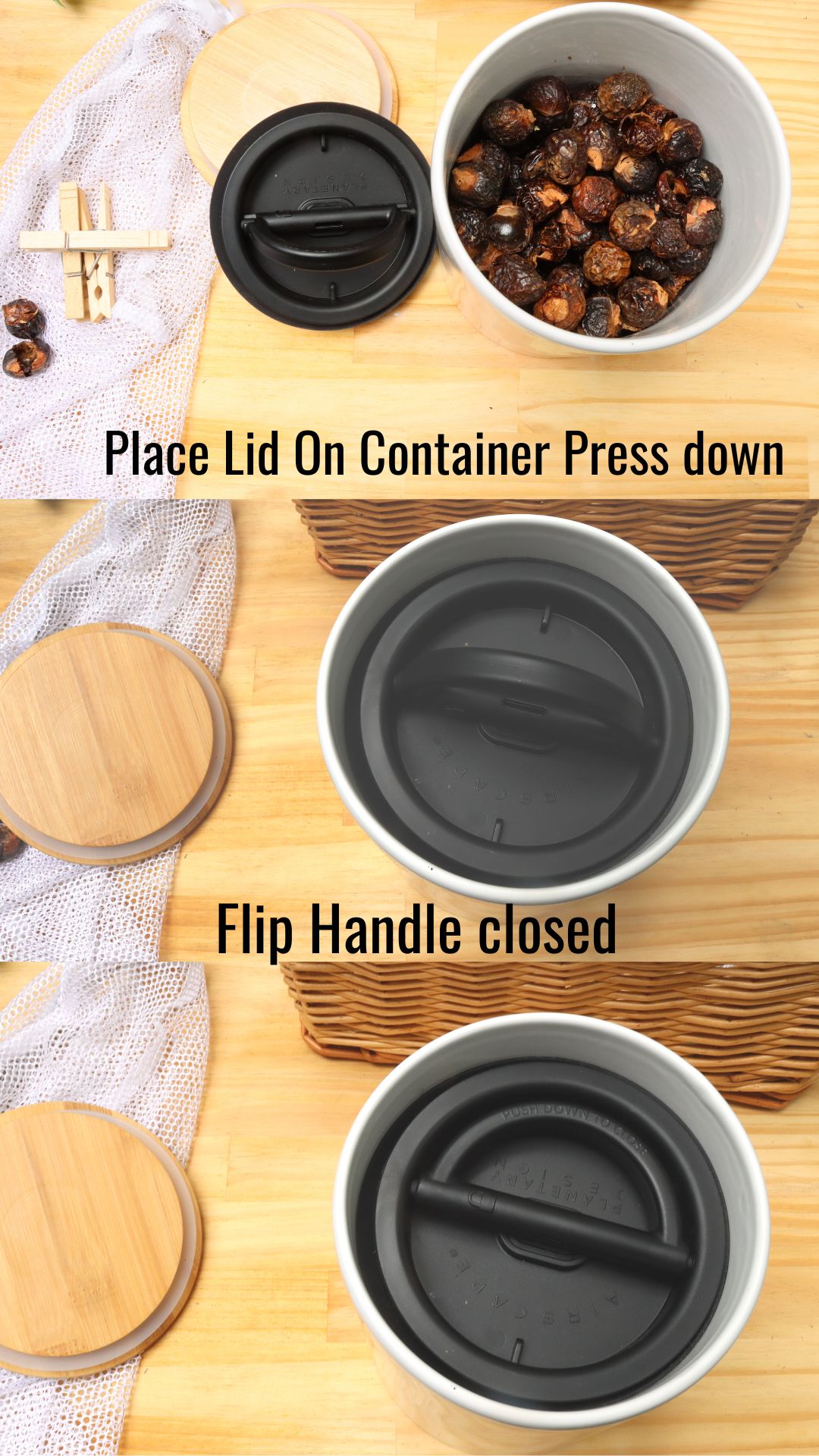
AIRTIGHT CONThttps://amzn.to/3Sv5jXMAINER
Where to find Soap Nuts.
You can find all the products I recommend in posts on The Simple Self Care Lifestyle: 🔗 Products For Your Home Page that I am creating for you. Giving you easy future access.
Products for Your Home
Non-toxic Kitchen, Laundry, Bedding, & Living Space Products…
Soap nuts are my number 1 detergent.
They are one ingredient and have a ton to offer, and do a nice job on my laundry. They are also gentle on clothing.
When there is no soap left in the Soap Nuts, you can compost them.
They are 100% biodegradable.
This is the brand I happen to use:
SOAP NUTS
Moving on to #2
Laundry Detergent Option #2 Puracy FREE CLEAR
When in need of a bit more power, the enzymes in this Puracy detergent do the trick EXTREMELY WELL.
If you do not see yourself using Soap nuts, this is the Laundry Detergent I would recommend.
A little goes a long way. It is a concentrate. No pouring a cup into your machine; a pump or two at the most will do.
The Bottle is 64 loads. They also offer a Refill Bag, pictured below.
It pours easily into the Pump Bottle, filling it another 3 times! There is very little waste.
Remember, these products are concentrated. They are NOT filled with water.
I have used the Free and Clear Laundry Detergent from Puracy for 3 years now as an adjunct to my Soap nuts for tough stains & dog bedding. It works!
It has gotten out stains that I thought were impossible. Not just clothing stains but tablecloth stains, old stains! The secret is in the enzymes.
The Enzymes in this Non-toxic Laundry Detergent Work
“Plant enzymes are proteins that help break down a wide variety of organic materials… Each one provides different natural chemical reactions.
When you use an enzyme based cleaner, it gets in between cracks, crevices, and fibers to break down stains (and subsequent odors) until the particles are totally eradicated. The best enzyme solutions do it without the harsh detergents and caustic chemicals.” (27)
Both The Detergent Options are Great Non-Toxic Swaps.
They are especially helpful for those who have:
- Sensitive skin
- MCS (Multiple Chemical Sensitivities)
- Nervous systems of newborns, which are sensitive
- Those in a healing crisis
and are both:
- Easy on your clothing
- Strong enough to really clean
- Work well with all machine types

Today’s Self Care TIP.
Swap your detergent for one
- that works!
- Doesn’t require you to make it yourself
- is actually non-toxic to you, your family & home.

Knowing how to choose and swap toxic products for ones that support your body are Self Care Micro Decisions that:
- help reduce chronic inflammation
- which in turn helps slow aging processes
- slow disease, protect your Brain, Lungs,…
- is favorable to your health span
Your cells simply do not have to work as hard when the toxic load is reduced. This of course, supports Optimizing Your Body – the 1 GOAL that improves everything in our lives.


The References and Resources are listed for you further down.
Other Popular Posts On Removing Toxins You Might Like:
Post category
Healthy Home
Simple Swaps for Your Home
Post category
Reduce Toxins
Swap out everyday products

I’m glad you are here…
THe simple self care lifestyle
Simplify

The Simple Self Care Lifestyle
MOtivator APP
The Simple Self Care Lifestyle
self care
Post categories

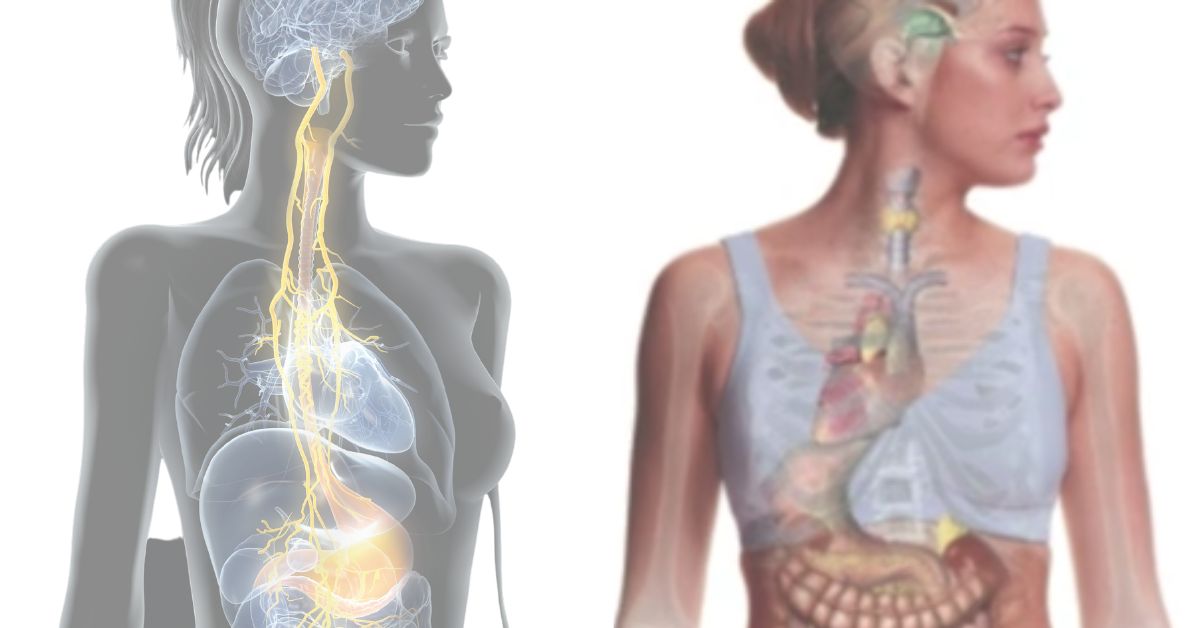
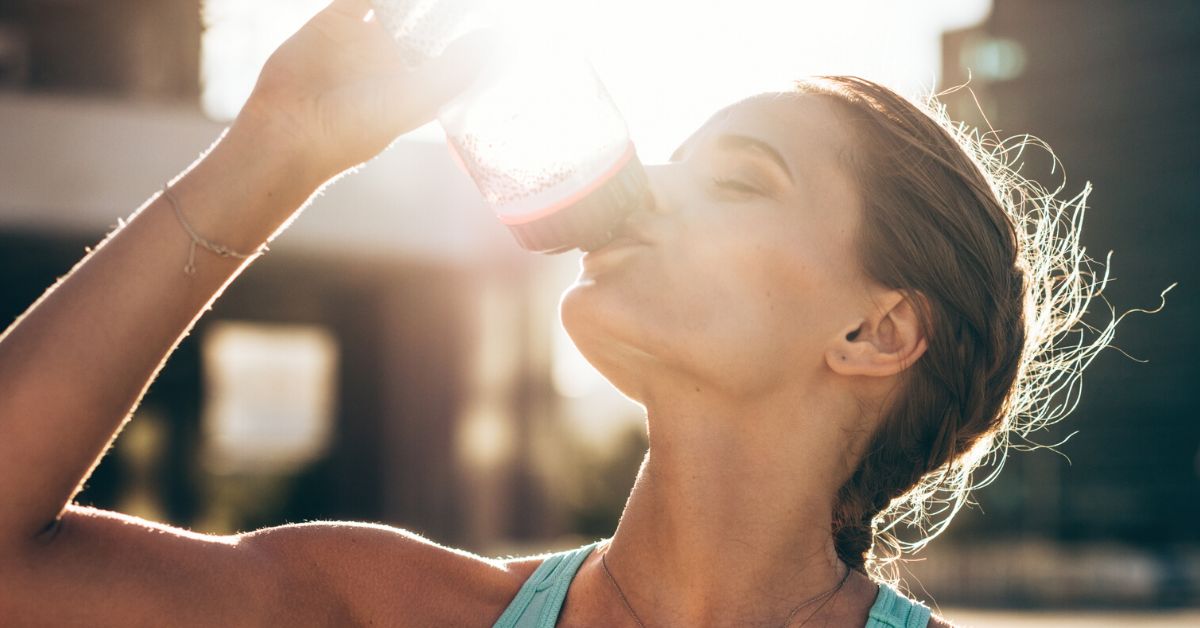
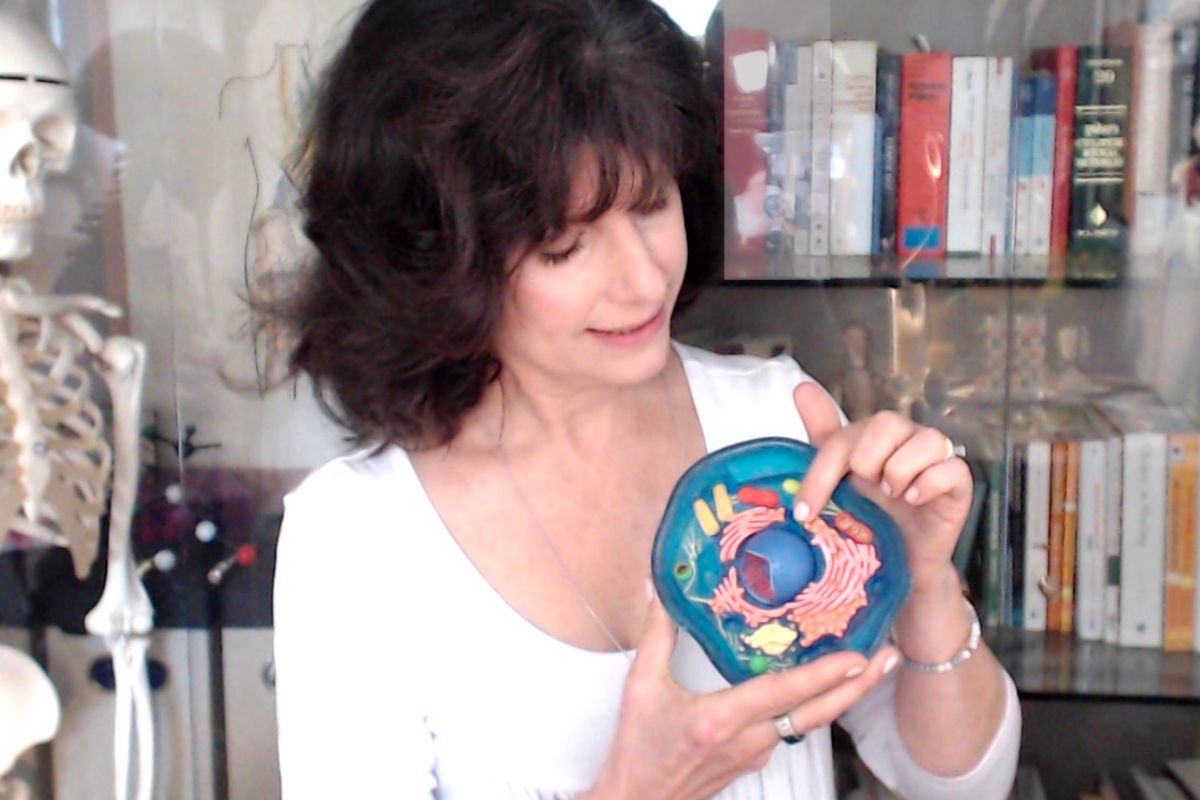

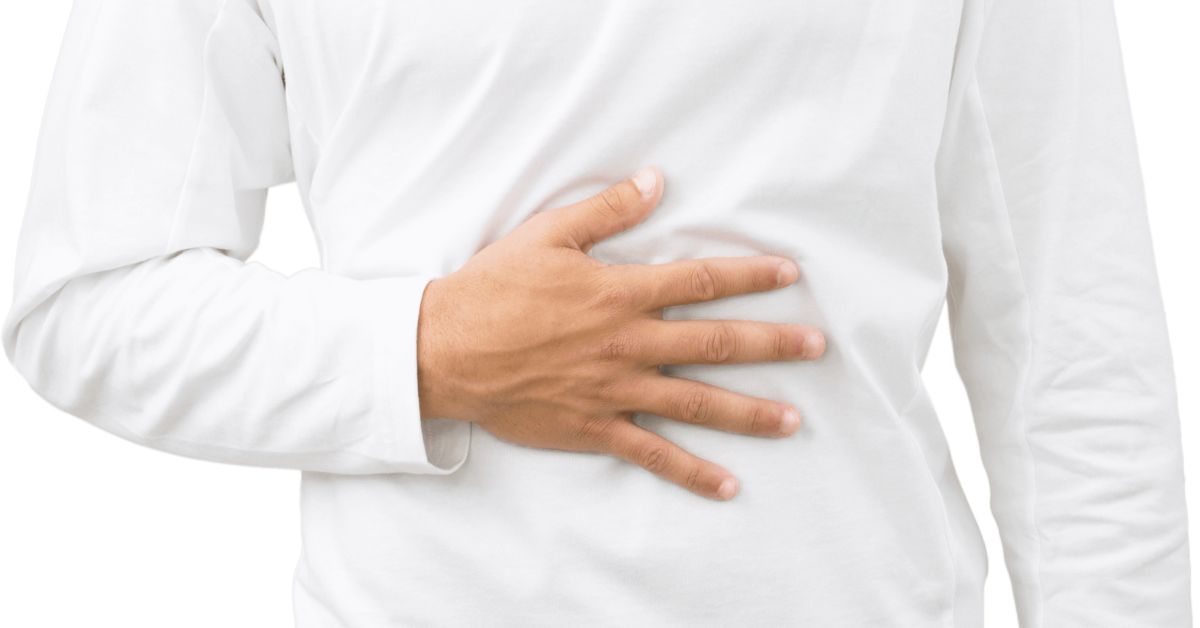
SHOP Products
Personal Products
Healthy Home
Quality Supplements
Things to Keep Handy
Quality Food Sources
Simple Self Care Programs
Get updates from
The Simple Self Care Lifestyle
The Simple Self Care Lifestyle
THe simple self care lifestyle
Simplify
References/Resources for you
References
References
References
References
References
25. D. RAMA SEKHARA REDDY*, D. MALLIKA, G. DAMODAR REDDY and Y.L.N. MURTHY Department of Organic Chemistry, Andhra University, Visakhapatnam-530 003, India. Phytochemical and Antimicrobial Activities of the Soapnut Saponin and its Derivatives from the Sapindus mukurossi Asian Journal of Chemistry Vol. 22, No. 7 (2010), 5399-5403
26 Greenwashing claims on the rise: Avoiding dirty laundry. JD Supra. (n.d.). Retrieved Aug 2022 https://www.jdsupra.com/legalnews/greenwashing-claims-on-the-rise
27. Haraldson, T. (2022, February 20). What is an enzyme cleaner? Puracy. Retrieved August 6, 2022, from https://puracy.com/blogs/cleaning-tips/how-to-use-enzyme-based-cleaners

